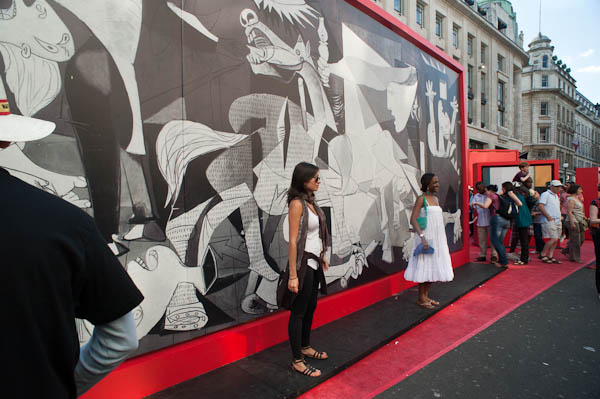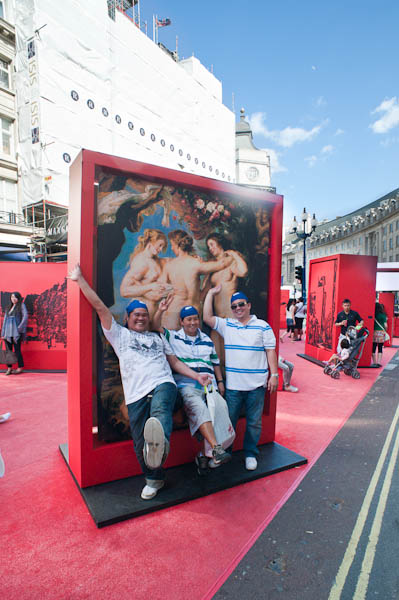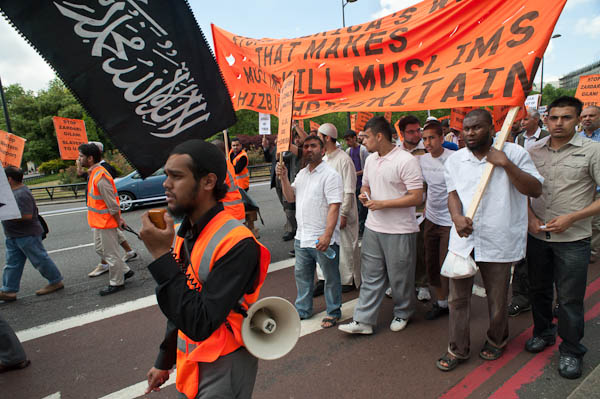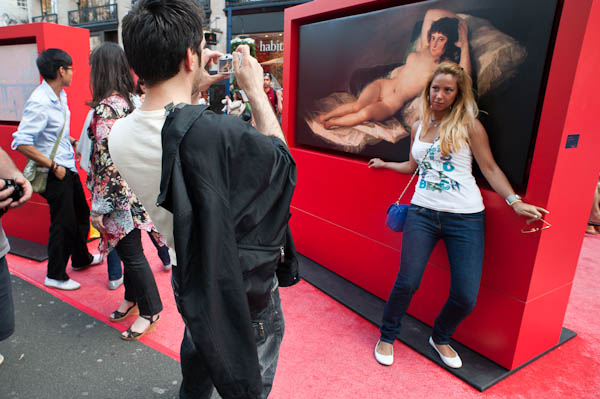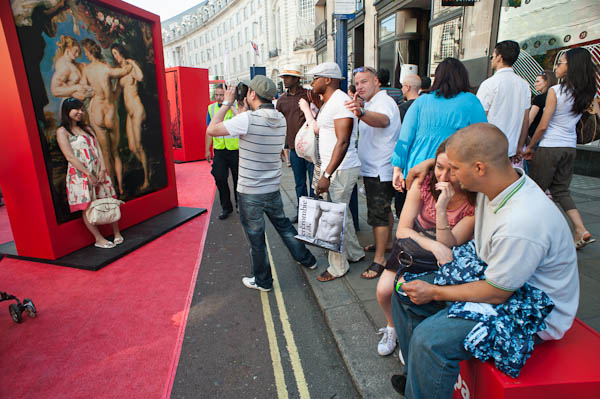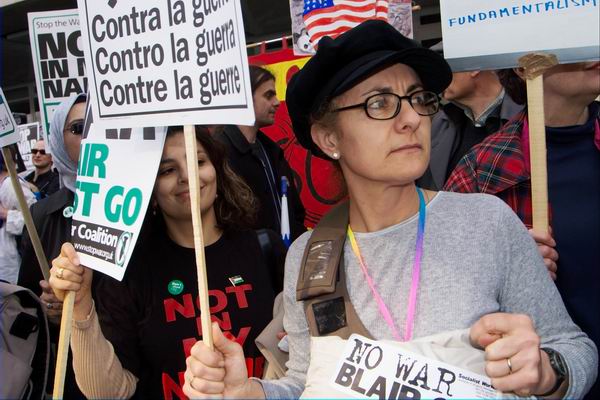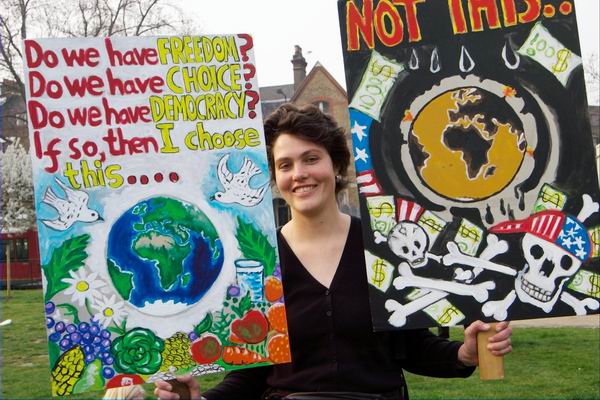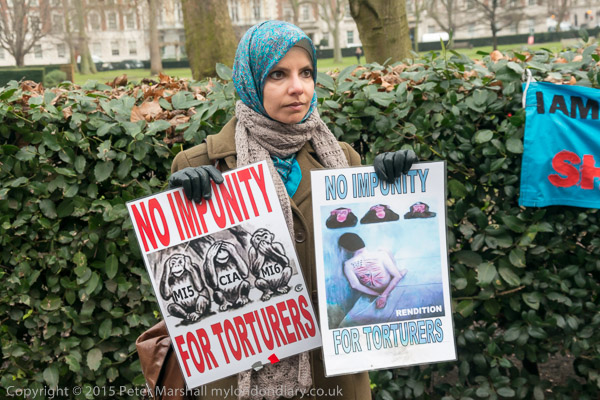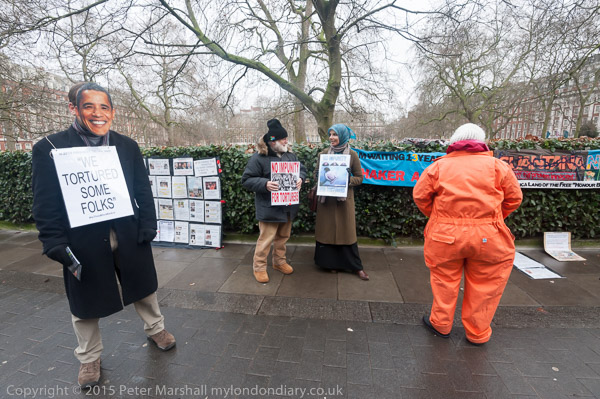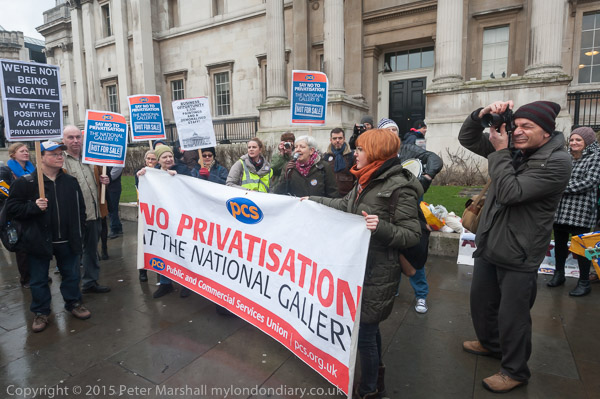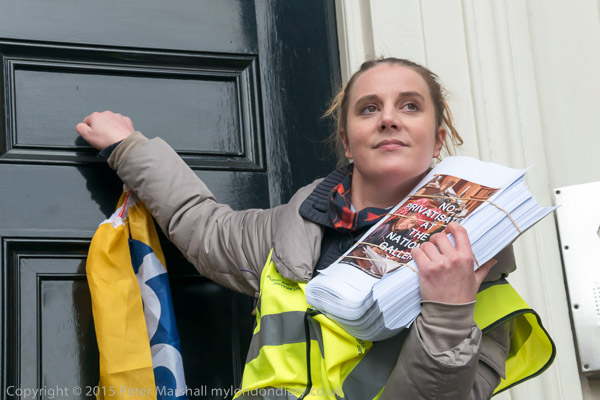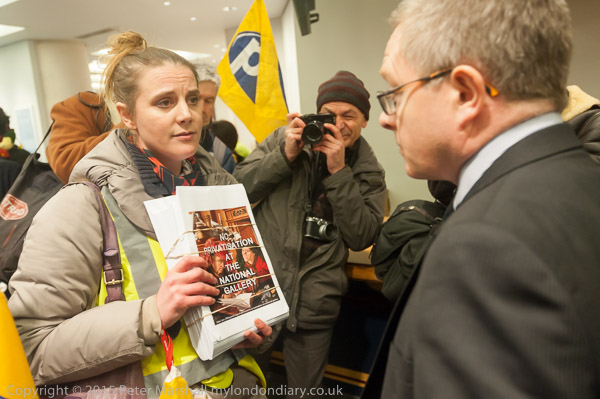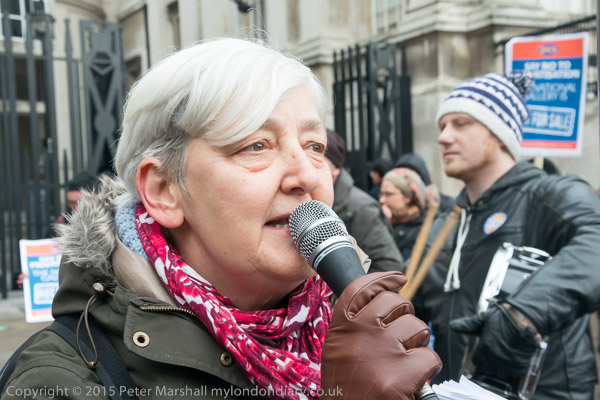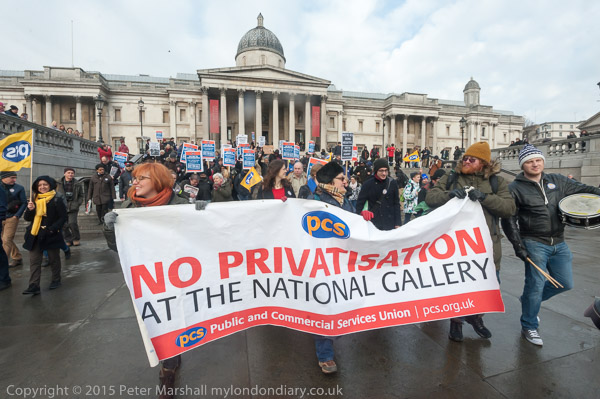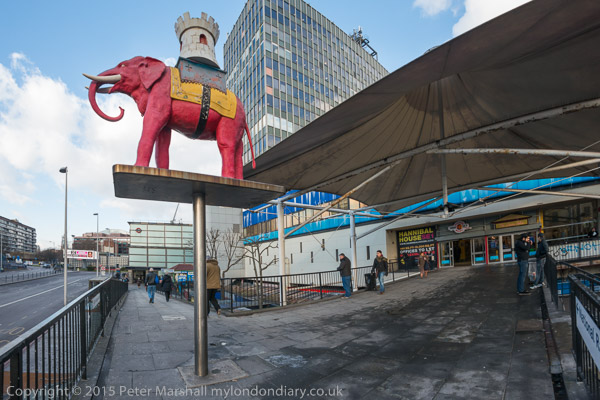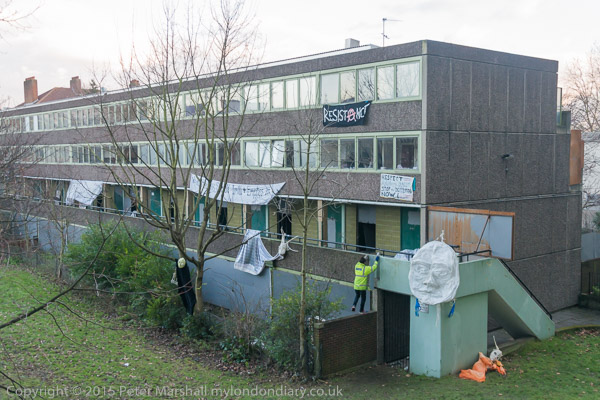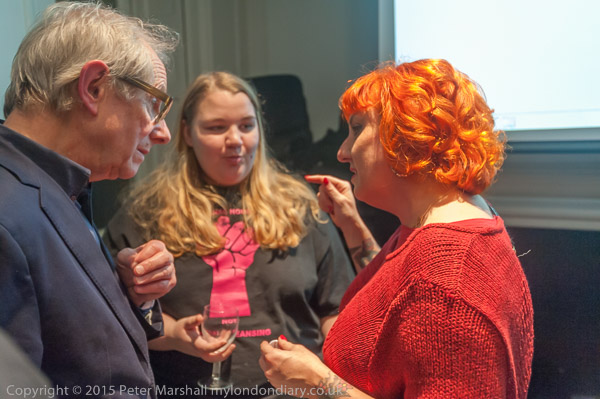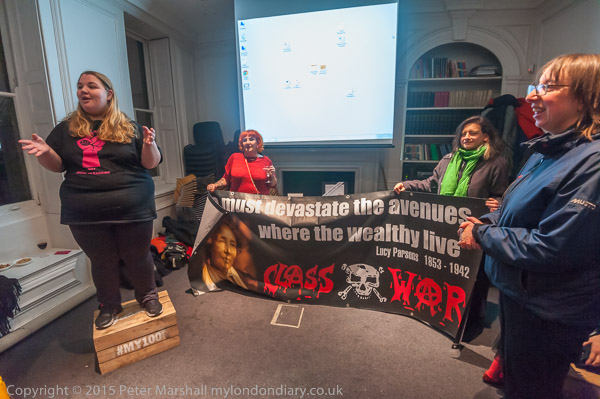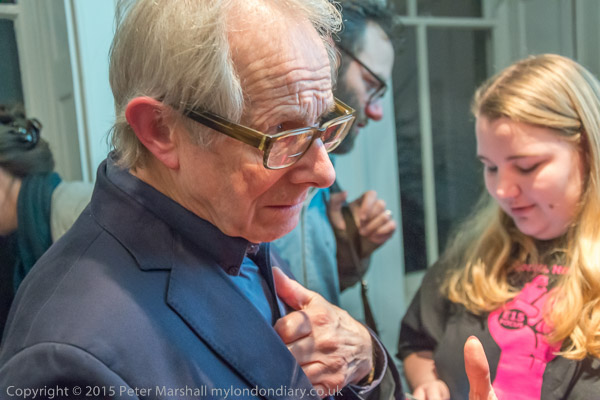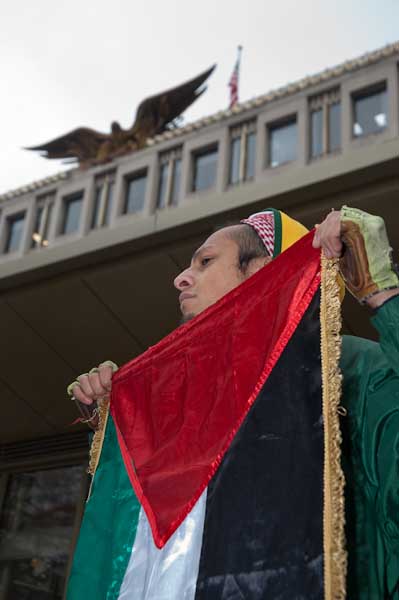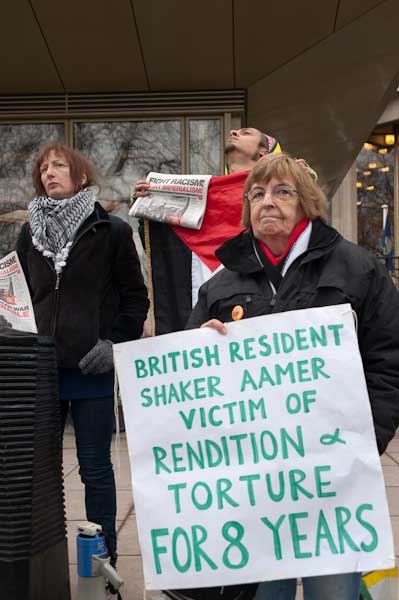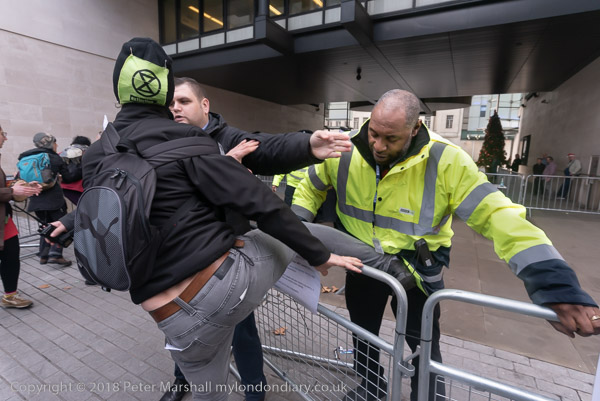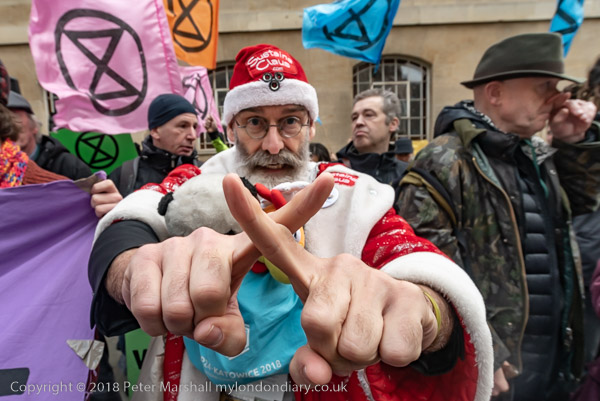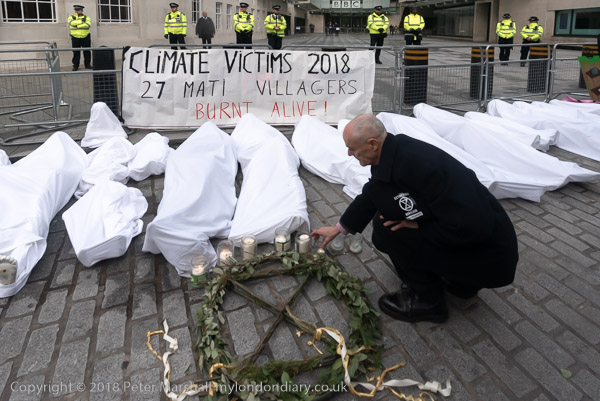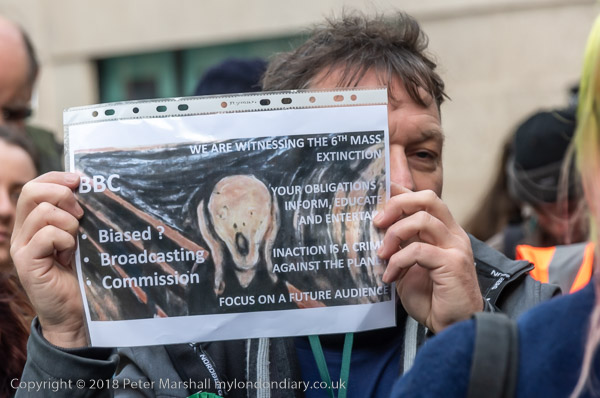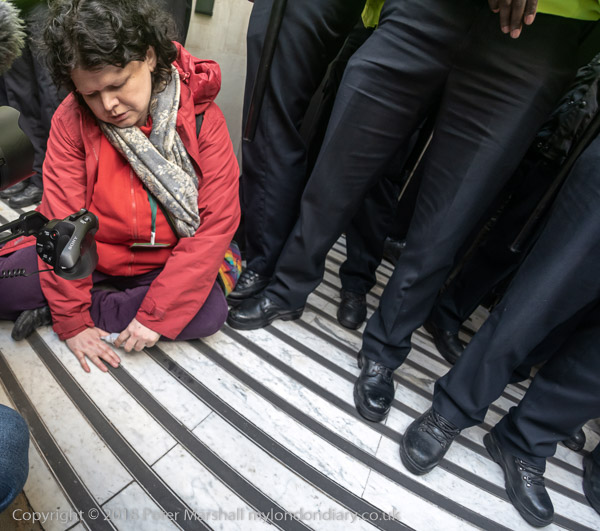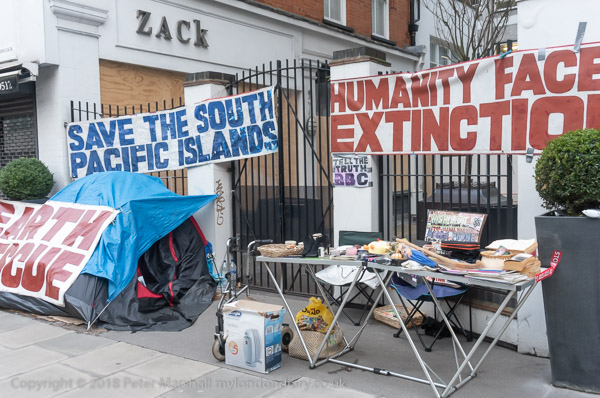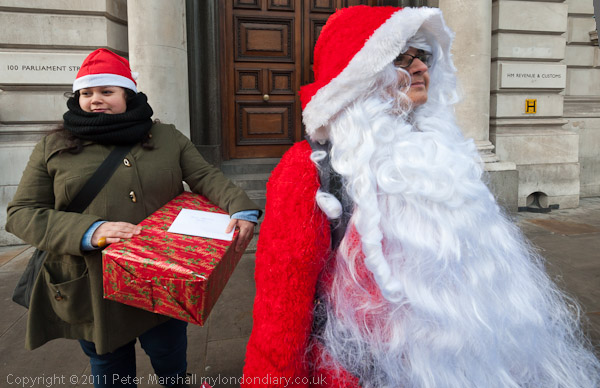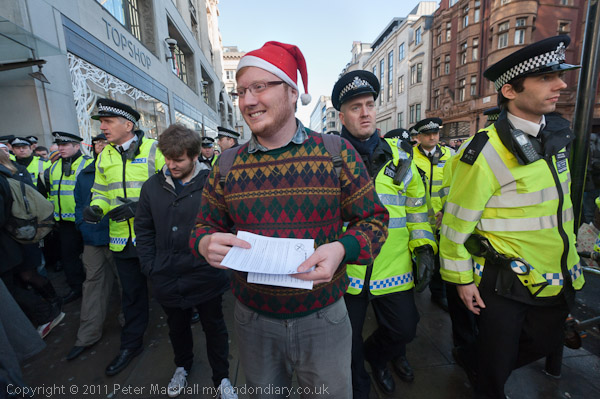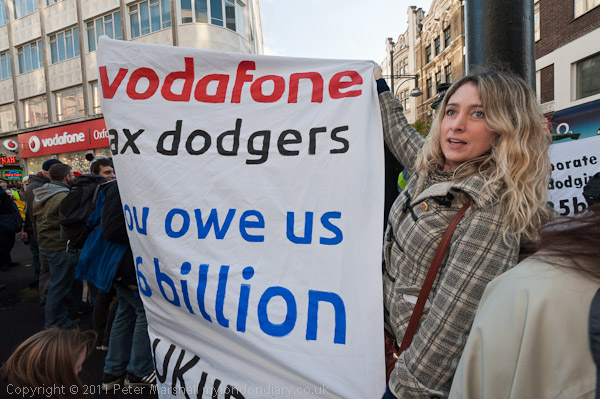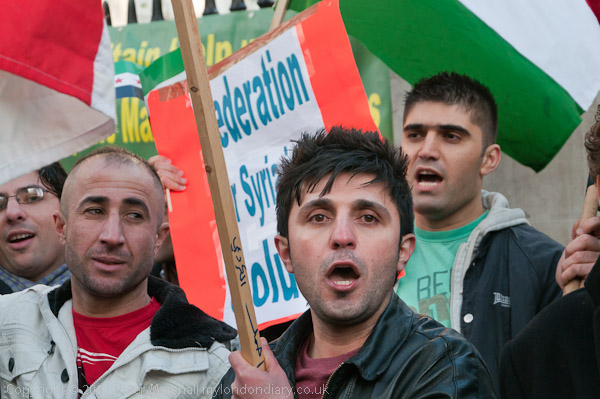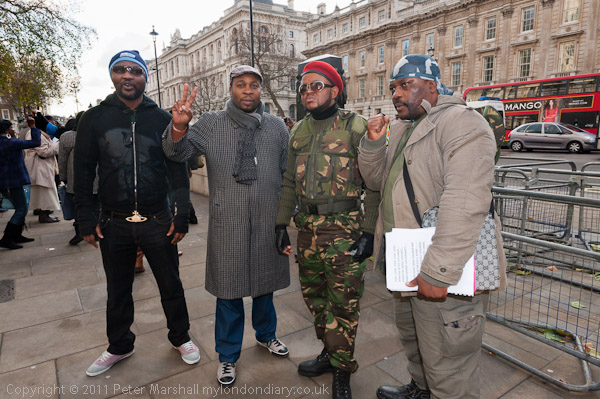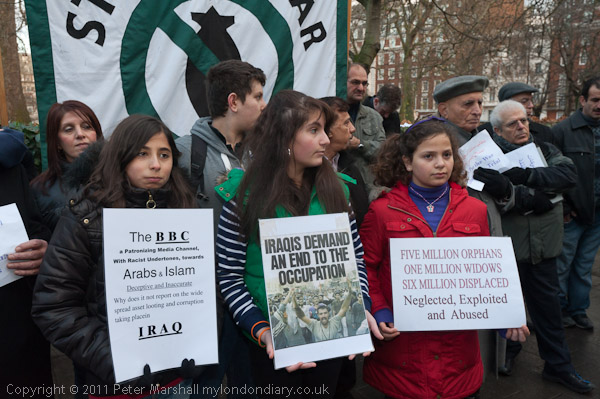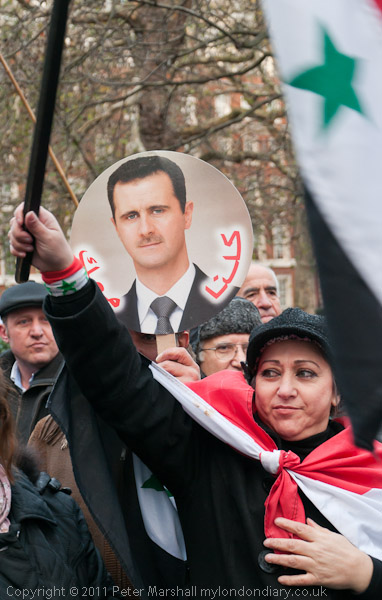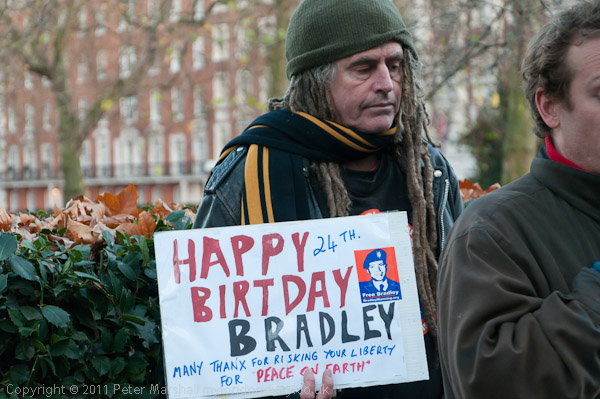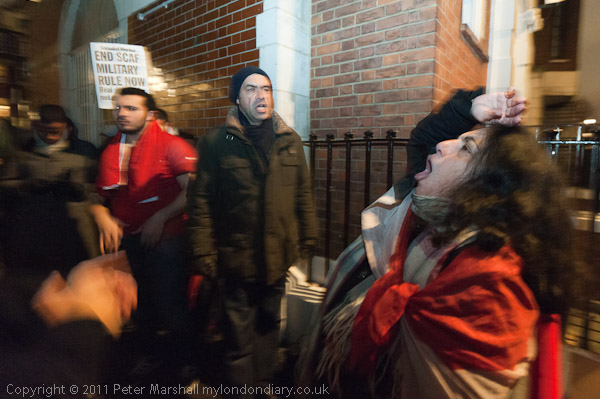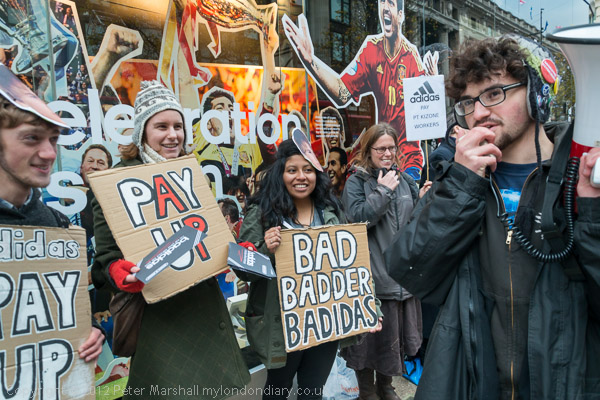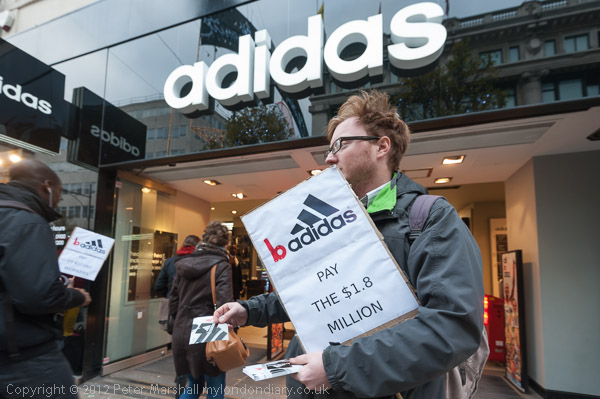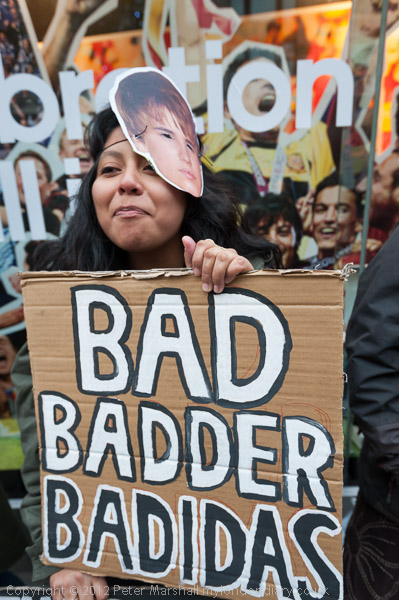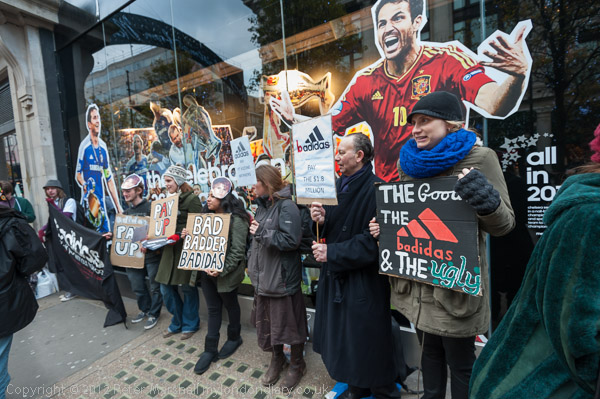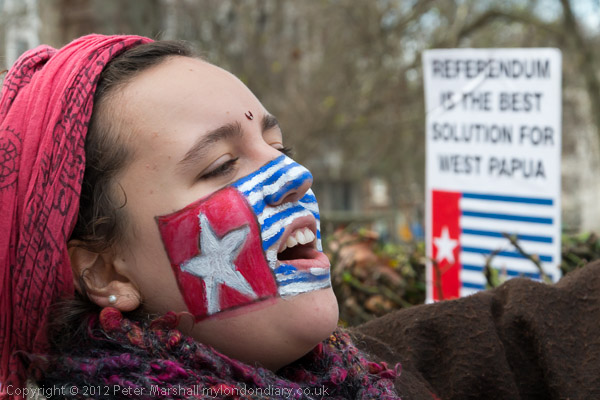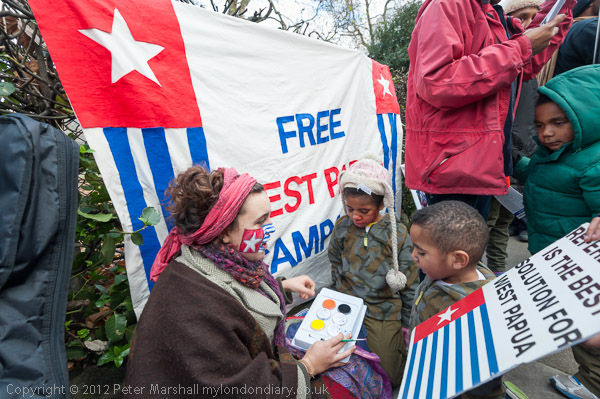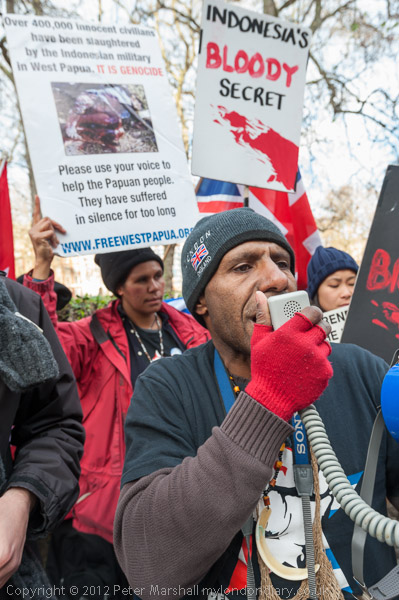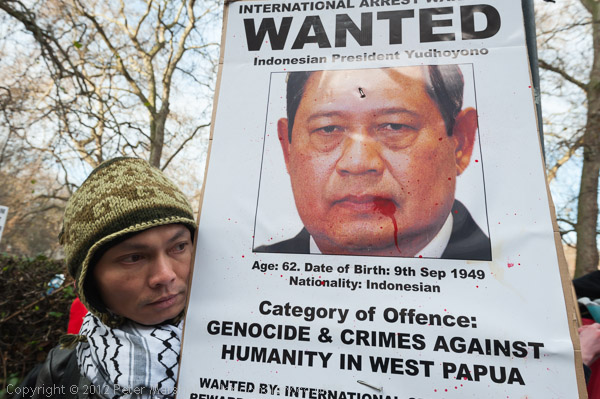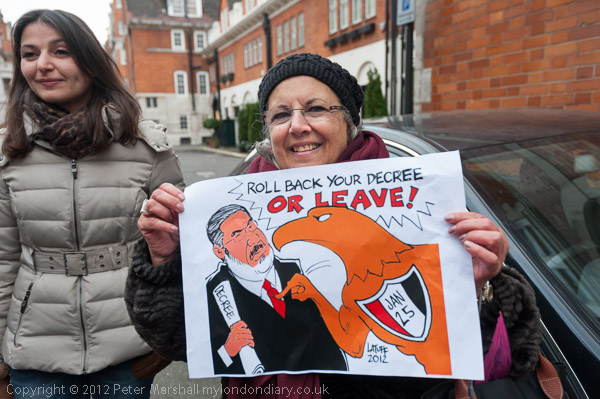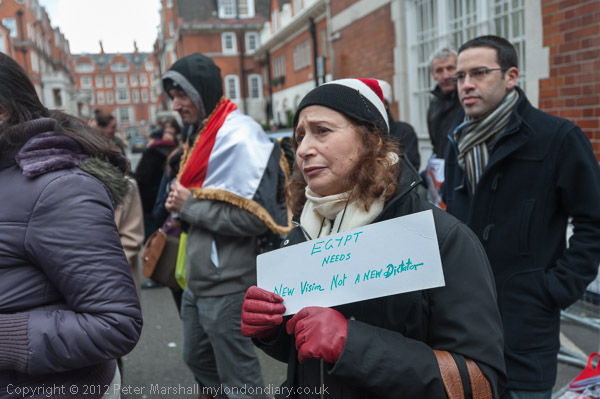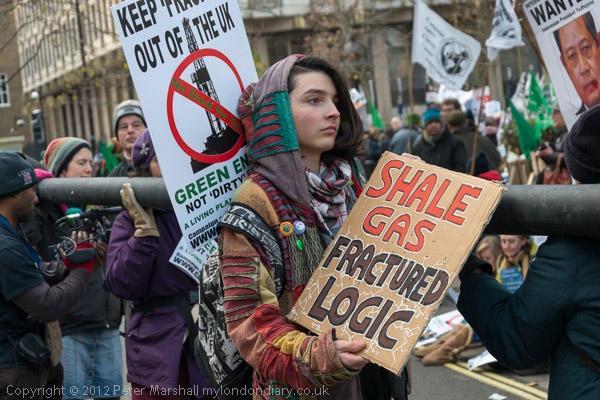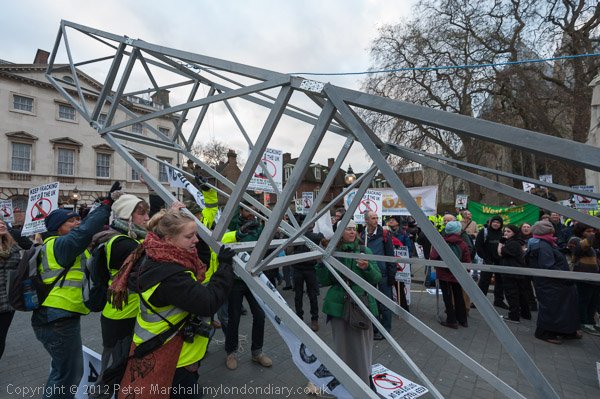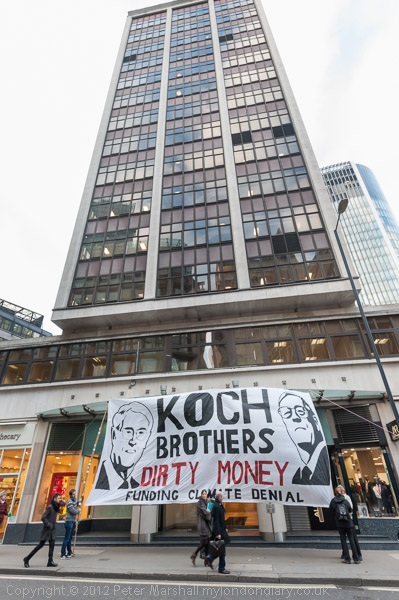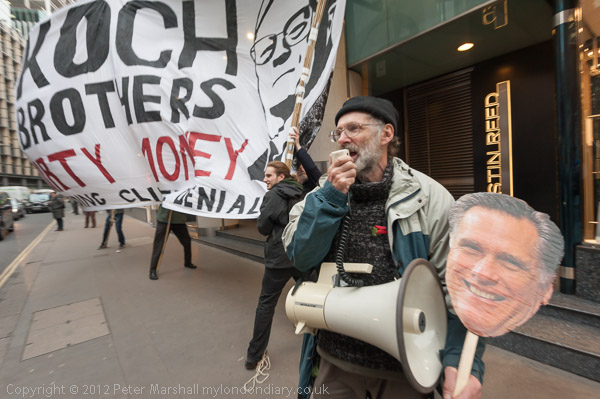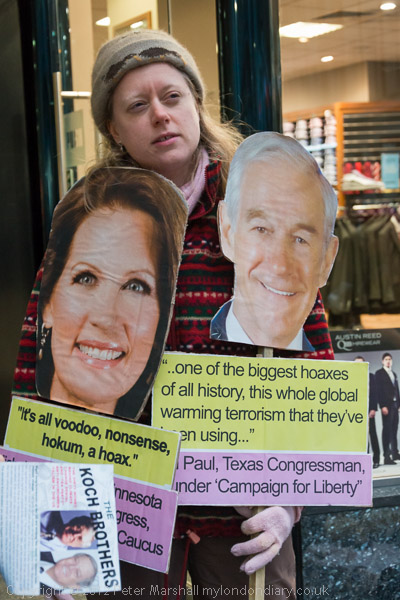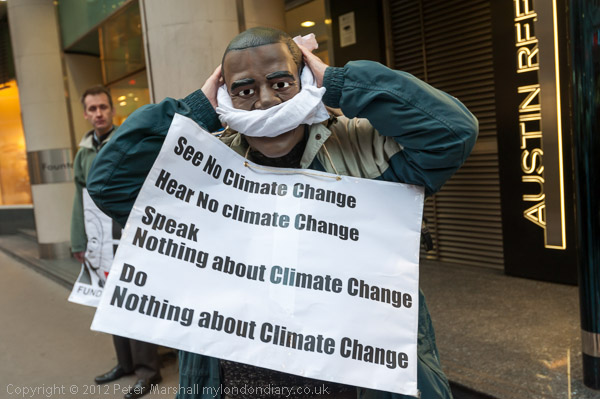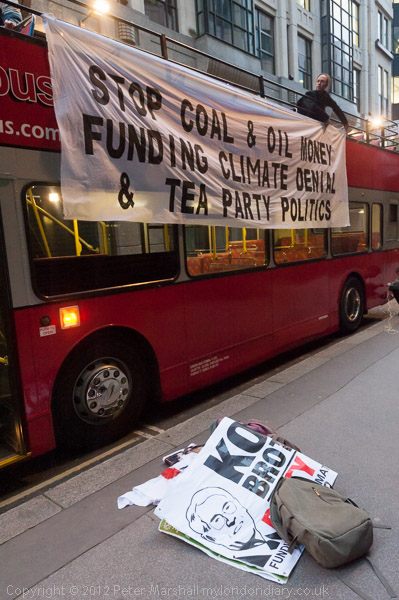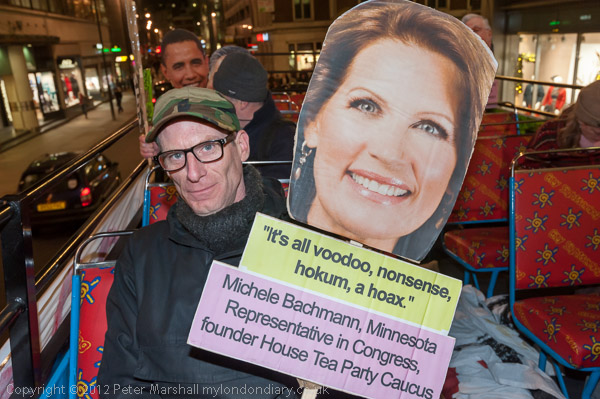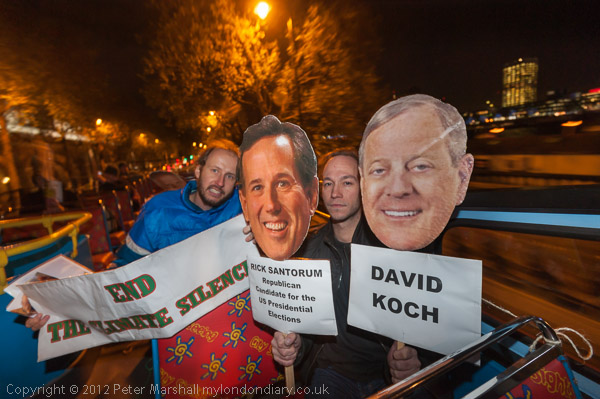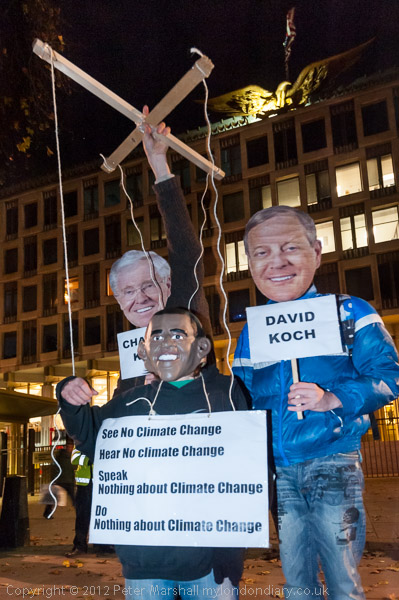Racists, Anti-Fascists, PR, Korea and a Victory Party: Saturday 24th June 2017 was a long day for me, beginning with a march by the English Defence League and the anti-fascists who came to oppose it, moving on to another extreme right protest by the Football Lads Alliance on London Bridge then returning to Whitehall for a protest against the ongoing talks between Theresa May and the Ulster DUP to provide support for her minority government. In Parliament Square there was a picnic and rally against our ‘unfair first past the post’ voting system. From there I went to the US Embassy in Grosvenor Square where supporters of North Korea were calling for the US to withdraw its troops from South Korea. Finally I went to Burgess Park in South London where cleaners from the LSE were celebrating a successful end to 8 months of campaigning.
EDL march against terror – Whitehall
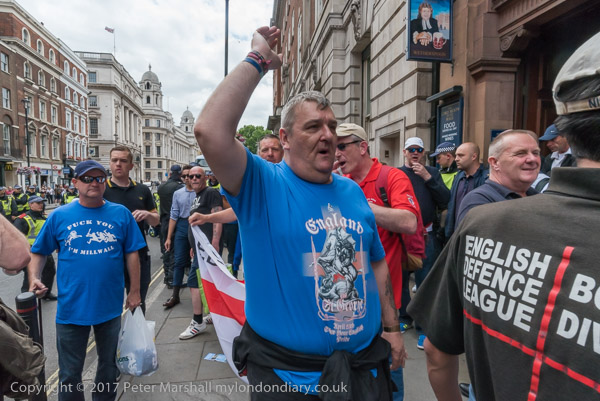
The EDL march followed closely after the 3 June event when three Islamists drove a van into pedestrians on London Bridge killing eight people and injuring many more before being shot by police. Earlier in the year a police officer had been stabbed at the Houses of Parliament and a suicide bomber had killed 22 and injured over a thousand at the Manchester Arena.

Tempers were running high and just five days earlier a right-wing activist had driven a van into a Muslim crowd at the Finsbury Park Mosque. The Met were taking no chances and had issued strict conditions on both the EDL for their march and rally and for those who had come to oppose them, and had the police on the ground to enforce them.

The EDL were meeting outside (and inside) the Wetherspoons close to the north end of Whitehall and I joined them on the pavement. There were quite a few police in the area and the protesters were mainly happy to talk and be photographed. Eventually they were escorted by a large group of police to the starting point of their march, the police taking them through some back streets to avoid the counter-protesters who had previously been restricted to the corner of Northumberland Avenue.
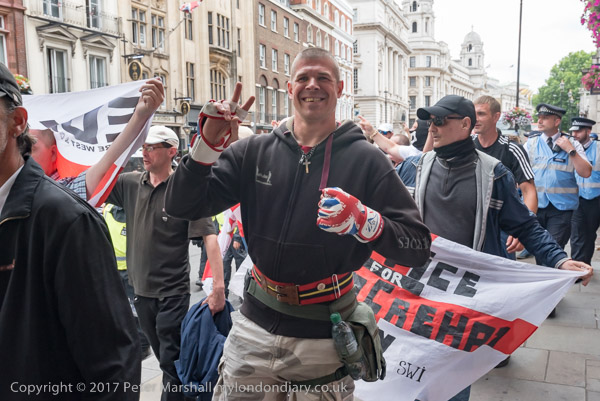
Anti-fascists oppose the EDL – Northumberland Avenue
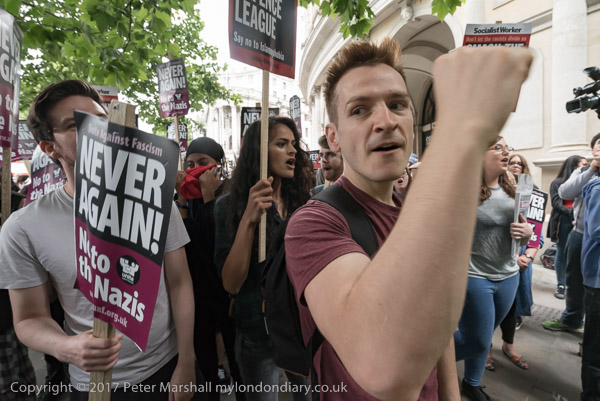
Several hundred Unite Against Fascism supporters had come to protest against the EDL march but although there were a few minor scuffles as EDL protesters made their way to the pub, a large police presence kept the two groups apart.
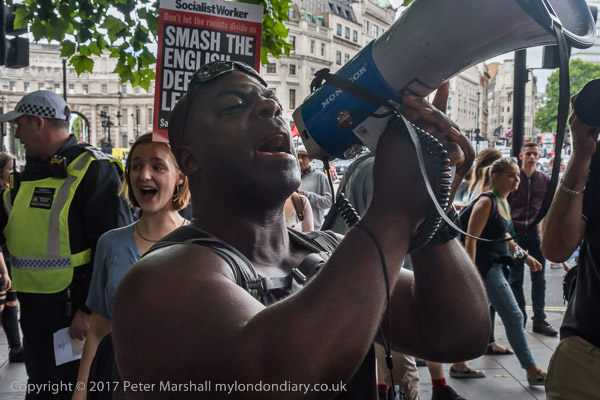
Police again handed out copies of the conditions opposed on their protest. A small group of protest clowns taunted the police but there was no real attempt to break the police conditions. Eventually the UAF held a rally opposite Downing Street kept by police well away from the EDL rally taking place at the same time on the Embankment.
Football Lads Alliance at London Bridge
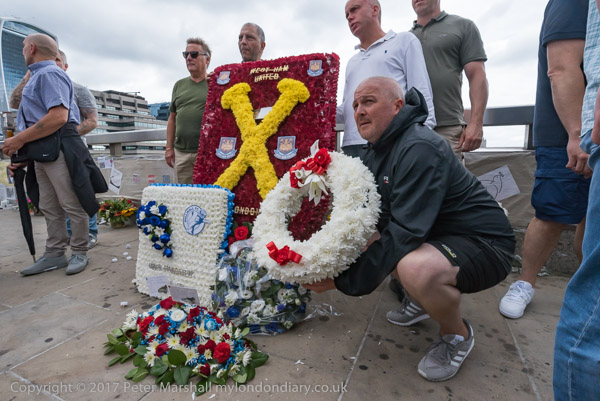
Well over a thousand supporters of the recently formed Football Lads Alliance marched to the centre of London Bridge to protest what they see as the UK government’s reluctance in tackling the current extremism problem. I arrived late when the march was over but was able to photograph some of those taking part as they posed with wreaths at the centre of the bridge.

I went on to photograph the many flowers and messages that had been put their by people in the days since the attack.
Football Lads Alliance at London Bridge
Women protest DUP/Tory talks – Downing St
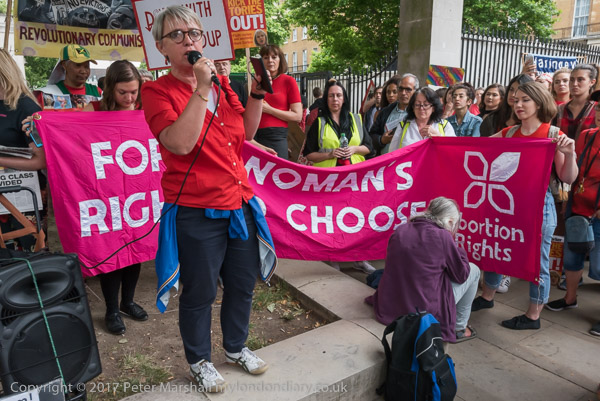
Back at Downing Street women concerned over abortion rights, housing activists and others had come to protest against the talks taking place with the Democratic Unionist Party and the concessions Theresa May would make to get their support for her government after the 2017 general election had resulted in a hung parliament.
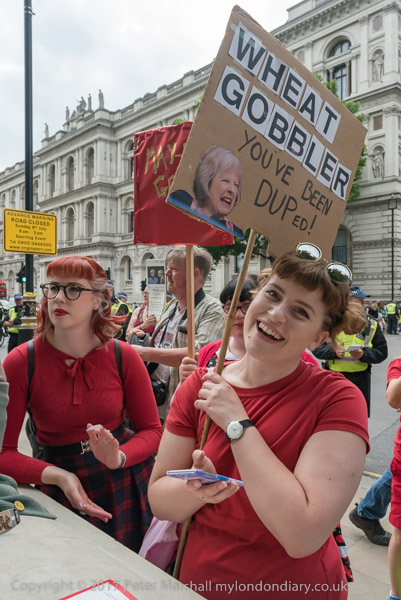
Many protesters were in red for the blood of lives lost without access to reproductive rights, but others came to protest about those who lost their lives at Grenfell tower because they were considered too poor or black to need safe housing, for the disabled who have died because of cuts and unfair assessments, for innocent civilians bombed overseas and by terrorists here, for the blood shed in Northern Ireland before the peace process and for the decision to gamble the rights, health and safety of LGBT+ people.
Time for PR – Save Our Democracy – Parliament Square
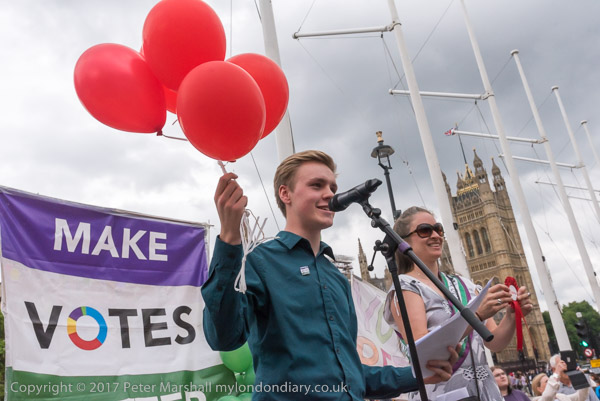
At the end of the rally at Downing Street I walked down to Parliament Square, where Make Votes Matter and Unlock Democracy had organised a picnic and rally after the recent election had again demonstrated the unfairness of our current voting system. The rally used various colours of balloons to represent the percentage of the vote gained by different parties.
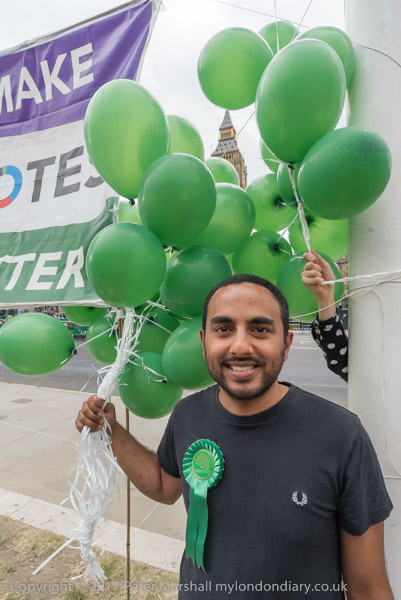
Prime Minister Theresa May had called a snap election but failed to get the 326 seats needed for an overall majority with only 317 Conservatives elected. Her party had received 42.3% of the total votes. Labour under Jeremy Corbyn had improved its position and had gained 30 seats but was still well behind at 262 seats and 40% of the total votes. They had failed to gain some key marginals where the party right had managed to stop the party giving proper support to candidates or probably the party would have won the election. By making promises to the Democratic Unionist Party, DUP who had won 10 seats in Northern Ireland, May was able to remain as Prime Minister.
Time for PR – Save Our Democracy
Withdraw US troops from Korea – US Embassy
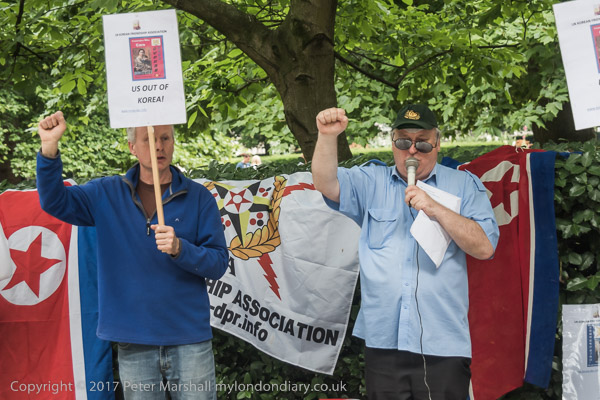
The UK Korean Friendship Association marked the 67th anniversary of the start of the Korean War, never officially ended, by a protest outside the US Embassy calling for the withdrawal of US troops from South Korea and an end to sanctions on the so-called Democratic People’s Republic of Korea, one of the least democratic countries in the world, a highly centralised authoritarian state ruled by the Kim family now for over 70 years, according to its constitution guided “only by great Kimilsungism–Kimjongilism.”
LSE Cleaners Victory Party – Burgess Park, Southwark
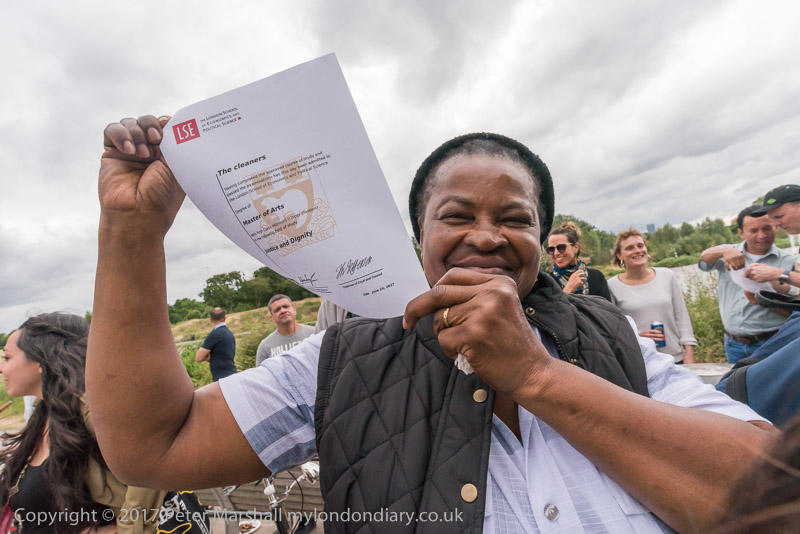
Finally it was good to meet with the cleaners from the LSE and other members and friends of the United Voices of the World and Justice 4 Cleaners who were celebrating the end of their 8 months of campaigning at the LSE. I had been at the meeting when the campaign was launched as a part of the LSE’s 3-day ‘Resist’ Festival organised by Lisa McKenzie, then a research fellow at the LSE, and had photographed many of their protests and it was great to celebrate their success with them.
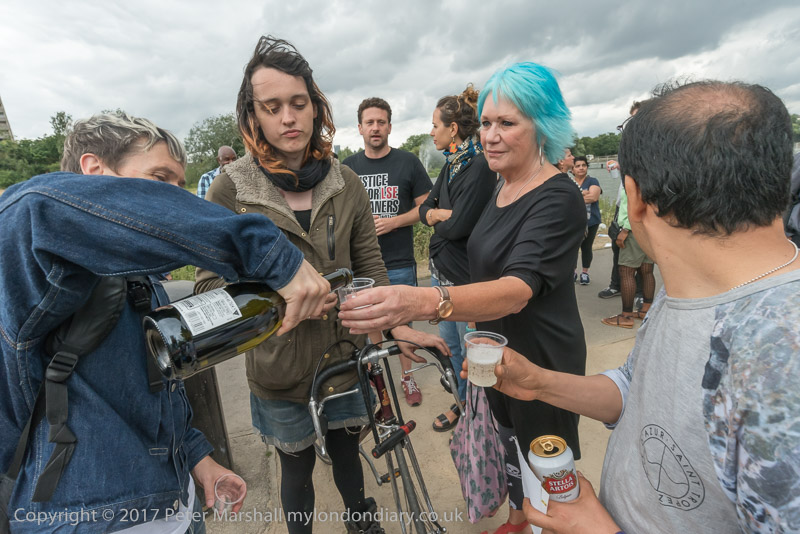
Their actions, including 7 days of strike, had achieved parity of terms and conditions of employment with directly employed workers and a promise that they would be brought in-house by the Spring of 2018.
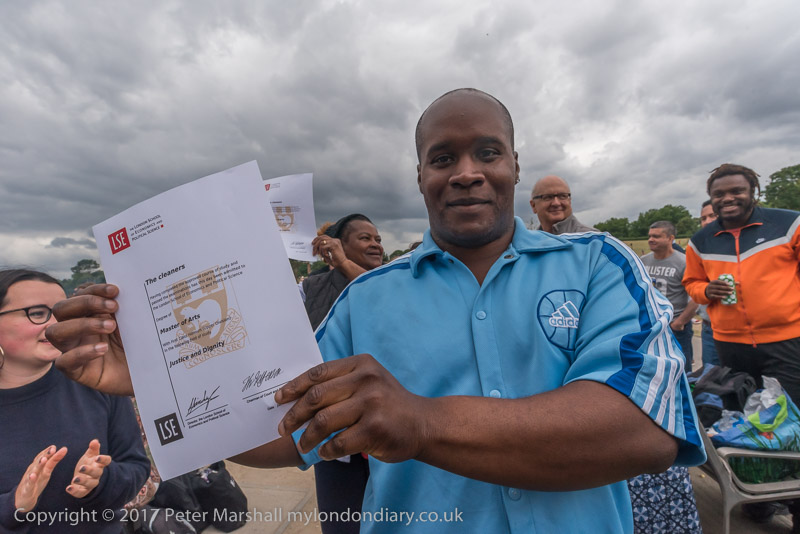
Several of the cleaners spoke at the party and the cleaners were “presented with ‘Masters of Arts’ certificates with First Class Honours in Justice and Dignity.”
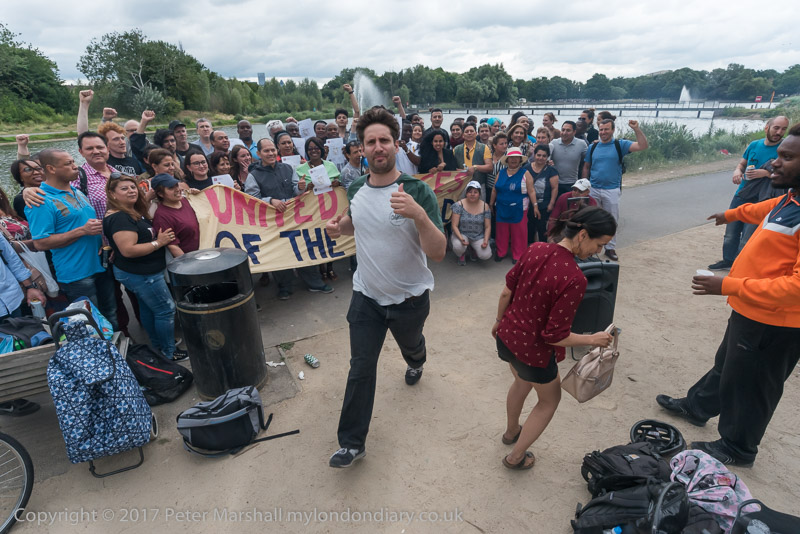
The final part of the dispute was settled a month later in July 2017 when Alba became the 5th cleaner to be reinstated at the LSE in a year with the UVW “winning a groundbreaking, precedent setting tribunal hearing today which declared Alba’s dismissal not only unlawful but profoundly and manifestly unfair.”
Flickr – Facebook – My London Diary – Hull Photos – Lea Valley – Paris
London’s Industrial Heritage – London Photos
All photographs on this page are copyright © Peter Marshall.
Contact me to buy prints or licence to reproduce.
